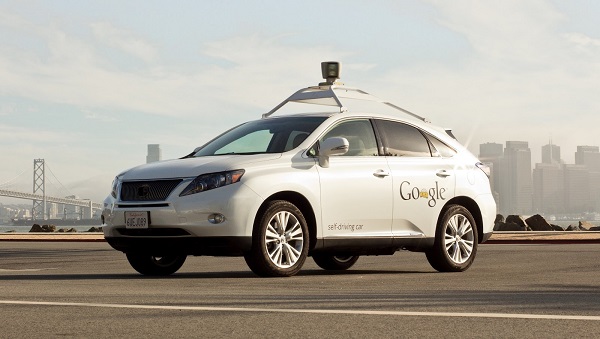Following road safety concerns over Google’s self-driving cars, the search giant has now announced that the vehicles can understand hand gestures.
As a pedestrian, there’s one known danger that you try to avoid any time you step foot outside: cars. Being a bipedal creature made up of flesh and bone, fast driving vehicles have propensity for being able to smush our mortal bodies into paste. It’s a reality of crossing the road which is exactly why traffic lights are in place to prevent that from happening. Accidents can still occur however and a lot of the time as road-crossers we have to count on drivers noticing us and being courteous enough to let us pass without hassle or we’ll have to go out of our way to request safe passage with a head nod or by extending our arm and showing our palm to the driver. But with Google’s self-driving cars, concerns are rising that these established road crossing traditions won’t be observed if the cars on our streets become robotic, but thankfully Google have announced that that won’t quite be the case.
Revealed in a new update video, Google have revealed that their self-driving cars use cameras on the car’s body to identify what’s going on on the streets that they’re navigating. According to the search giant, the front camera is now able to recognise a myriad of different obstacles including road signs, construction work and, of course,busy crossings. Even cyclists are accounted for in their own special “category” as explained in the vehicle and because of this, Google’s cars can understand the hand signals – such as an extended arm to show that they want to change lane – that cyclists use in real life and not just in theory.
The video makes Google’s self[driving cars seem promising but it only shows static vehicles and static construction work objects. It’s unclear what would happen if, for instance, someone was stood right in the middle of the road. Would they be classed as a pedestrian or would the car simply give up and be unable to categorise them? This is something that Google’s team will have to figure out as they’re been testing various scenarios that the car might get into so as this seems to be a small update for now, we’ll keep you posted once we know more.
Source: Google
Be social! Follow Walyou on Facebook and Twitter, and read more related stories Google Mobile Ads to Promote Ads Based on Your Interests, Google Camera App Brings Lens Blur and Panorama to Android











